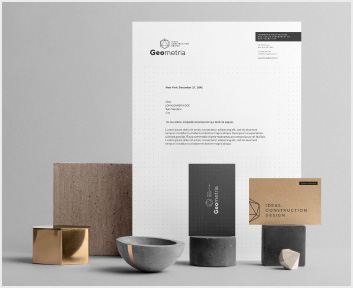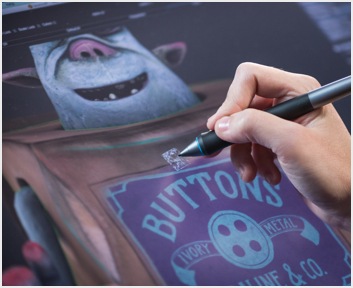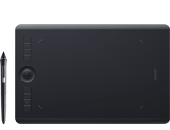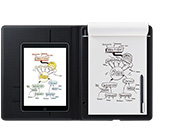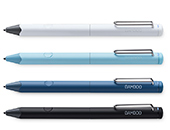Matching accessories to support maximum portability
Magnesium alloy is used for the housing of the Wacom Movink 13 to achieve its required “lightweight” and “robust” features. This is a material that Wacom has never used before for a device’s body. Magnesium alloy, a high-grade metal, helped to achieve a quality feel and calm, sophisticated look for the product’s exterior. Its fingerprint-proof finish is another example of its carefully considered design, which has been worked out down to the smallest detail. Why fingerprint-proof? Because portable models are often in and out of people’s hands as users carry them around. The exterior is an example of how Wacom achieved the very best of every component by clearing one hurdle after another. The exceptionally slim, lightweight, and robust device was made possible through the accumulation of these small steps.
Special care was also taken with the accessories, ensuring that they are reliable companions for the portable device. Newly developed accessories include a foldable stand that allows users to set their desired work angle, a sleeve for protecting the display’s glass surface, and a protective case for digital pens. Accessories dedicated to the portable use of the Wacom Movink 13 were designed from scratch.
“Please take a look at this roll-up pen case. Nibs for digital pens like the included Wacom Pro Pen 3 are sensitive to external shocks. Users carrying this portable device may accidentally damage the pen nibs in their bags. Nib protection is a new perspective that comes into play, especially in the development of portable devices,” says Maeda.
A foldable stand is particularly important as an accessory to provide creators with the best performance in any location. Thus, a great deal of R&D effort was put into its development. The stand supports the Wacom Movink 13 at a 20-degree angle to the working surface. When you place the device on this stand, it is instantly set up for the optimal creative condition – anytime and anywhere. When developing this stand, some issues that would have normally been discovered in the planning stage went undetected until the production stage due to the extremely limited lead time. What matters most for creators is the stand’s rattle-free stability in use. To this end, its components and parts need to be machine-processed and assembled with the highest precision.
Nagase explains, "Its structure looks quite simple. But, it incorporates a whole lot of our technology." The difficult part was to ensure the required material strength while reducing its weight for portable use. The stand’s width can be easily adjusted by stretching it out or pressing it together, using pressure which is optimized for comfortable handling. The level of tension needs to be just right – not too quick, not too slow. It should allow users to stop stretching out the stand when it reaches the desired position. Thinking back to those days of the challenging development work, Maeda also comments, "Every detail of the product is thoroughly examined and optimized. The more you use it, the more you love it. It is designed to provide creatives with exactly what they need. We put ourselves in creatives' shoes in our design work and took every aspect of creators’ needs into account – albeit with very little time to do so. I could go on talking about this stand all day long as we faced endless challenges.”




